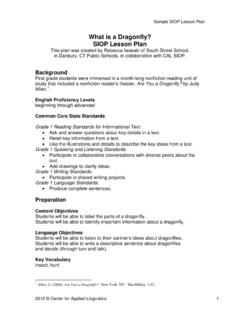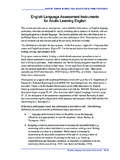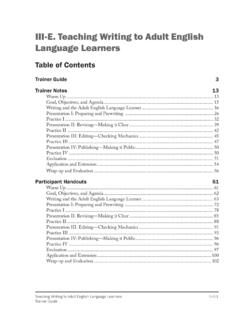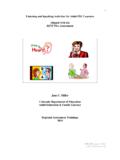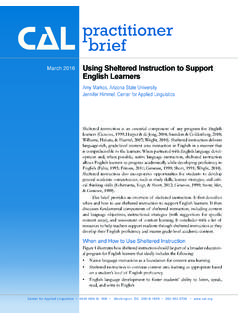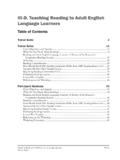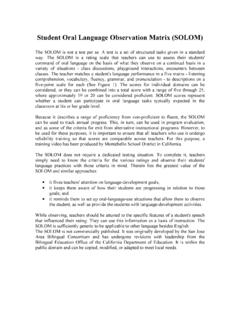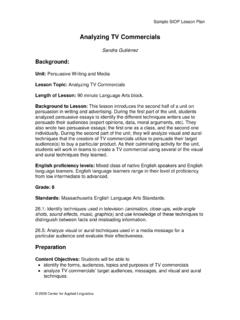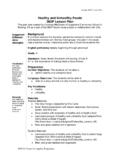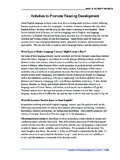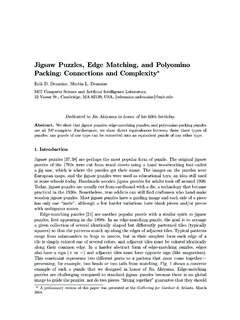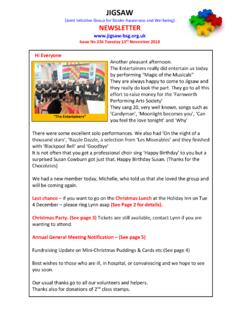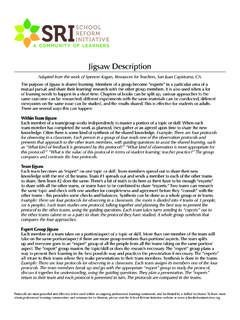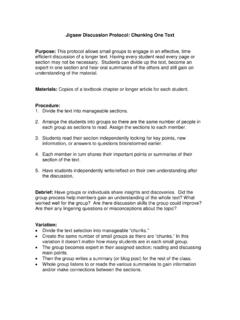Transcription of Combining Opinion Continuum and Jigsaw to Promote ...
1 2016 Center for Applied Linguistics 1 Combining Opinion Continuum and Jigsaw to Promote Cooperative Learning An Opinion Continuum activity followed by a Jigsaw reading is an excellent way to Promote cooperative learning, engage English learners in small and large group interactions, facilitate the use of the all four language skills listening, speaking, reading, and writing, activate background knowledge, and require the use of higher order thinking skills. This activity can be used with all grade levels.
2 Directions Part I: Opinion Continuum 1. Make signs with Opinion statements such as Strongly Agree , Agree , Disagree , etc. Consider using visual scaffolding for young learners or other learners with emerging English literacy ( , a smiley face to indicate agree and a frowning face to indicate a strong disagree). 2. Post the signs around the classroom, either on the walls, on the floor, or on desks. 3. R ead a set of statements (one at a time) that are related to the upcoming topic of content area instruction.
3 For English learners with emerging of English proficiency/literacy, these statements can be orally read or translated into their L1. Or give the statements to the English learners in advance, so that they have time to read them and translate them into their L1 if necessary. 4. After reading each statement, instruct students to walk to the sign that matches with their Opinion about each statement. 5. Once at the sign that reflects their Opinion , students should explain their opinions to their peers.
4 Consider supporting the language development of English learners by providing them with sentence starters and frames for expressing their opinions and asking others about their opinions. Consider drawing students attention to word walls, or providing them with a word bank to facilitate interaction 2016 Center for Applied Linguistics 2 To ensure engagement and accountability, students may be required to fill out a graphic organizer with the summary of each person s reasoning. 6. One or two people will share their position and reasoning with the larger group.
5 Consider assigning explicit roles for sharing out each group s position. 7. Continue in this manner until all the statements have been read. Part II: Jigsaw Reading and Revisiting the Opinion Continuum 1. Choose a text (textbook chapter, article, short story, picture book, etc.) that is related to the content area topic. 2. Divide the text into several parts (some texts are already divided into sections, parts, etc.) 3. Have students letter-off or number-off into the same number of groups as there are parts in the text.
6 4. Assign each group one part of the text to read, forming expert groups. It is recommended that the reading is accompanied by a graphic organizer where each group can record a summary of their part, write an implication, and/or draw a visual. For English learners, consider adapting the text by providing elaboration or reducing some of the non-essential linguistic demands, providing L1 translation of the text, making available a word bank of key vocabulary terms, and/or by providing explicit background knowledge information to build schema.
7 It may also be a good idea to assign explicit roles to the members of the expert groups. 5. After expert groups finish reading their assigned parts, reform the groups so that the students are working in small groups in which every person has read every part of the text. This way each student (it may also be the case that two or more students read the same part) is an expert on his or her part of the reading. 6. Each student shares the summary of the part that they read. Other students fill out the graphic organizer with the information provided by other experts to achieve the comprehension of the entire text.
8 7. After constructing the meaning of the entire text, students revisit the Opinion Continuum and reflect on how their opinions about the various statements changed or stayed the same.
